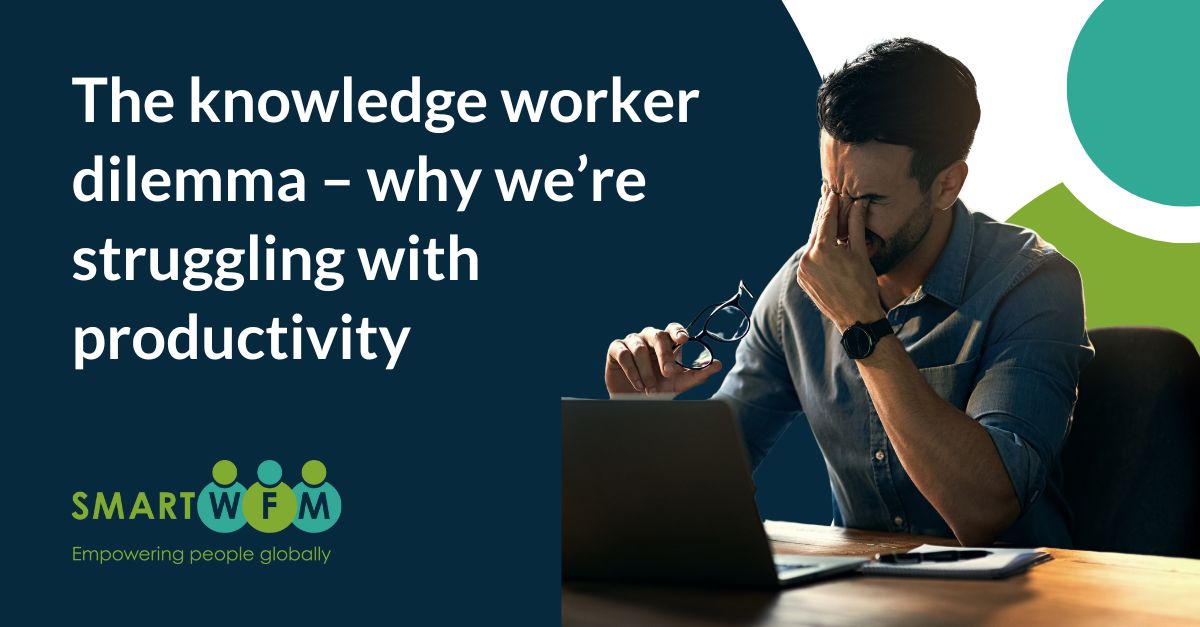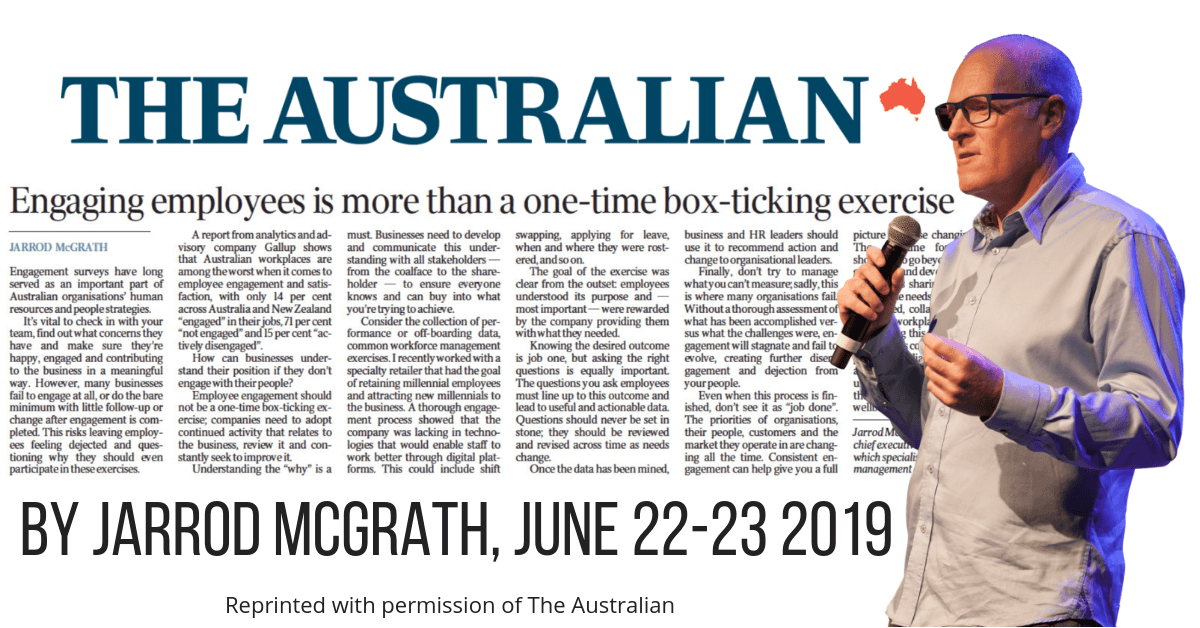Smart WFM expands into Asia with new Singapore Office
Singapore, May 19, 2020: Leading HR workforce management consultancy opens doors in Singapore. Need for remote workforce management across region...

A lot has been written over the last twelve months about employee experience and productivity. In a recent article by leading HCM analyst Josh Bersin: A New wave of HR Technology Consolidation Begins Josh speaks about niche product suppliers building mobile first technology focused on “productivity” and “engaged experiences”, not just HR best practice. A key take away from this report is that when looking through the employee lens, if you build technology for technology's sake, no one will adopt it. On the flip side if you develop technology to support an employee and assist in making their work experience and productivity better, the innovation will gain rapid acceptance and adoption.
This begs the question: “What is WFM’s role in making employee experience and productivity better? “
To answer this question we need to go back in time and look at:
WFM practices have been around for 100’s of years, taking it’s genesis from an area of applied mathematics known as operations research. The modern industry baseline came about in the 70’s when Mark Ain founded Kronos with the invention of the automated “Bundy” clock. This led to a technology evolution in WFM across a broad spectrum of product and service providers. A logical progression of functions developed over the 70’s, 80’s & 90’s including automated time collection, simple shift management, time evaluation, exception management and compliance.
In the 90’s and beyond WFM functionality began to expand exponentially, with improving employee experience and productivity at its core. Typical functions included:
In 2017 we are seeing a plethora of new technology players emerging that are:
Many of these SME technologies provide a complementary number of core WFM functions with additional optimisation functions introduced for a monthly fee. A number of the WFM product suppliers are naturally extending their functionalities into the HR space as the WFM applications are already in the hands of operations. Functions well suited to this extension are onboarding, goal setting, performance, and learning.
We are seeing product suppliers starting to enhance their schedule optimisation algorithms to introduce machine learning logic. For example, increasing automation and prediction of the “perfect” shift, taking into consideration areas such as, manager performance, staff skills and productivity. We are also seeing the introduction robotic process automation associated with shift filling.
A number of the smaller SME WFM product suppliers are opening up their API and providing integrations to their applications via technologies such as Zapier. For example, WFM integration to POS at the front end and Payroll at the back end. Technologies such as Zapier also allow potential integration to end user focused productivity applications such as Trello, Harvest & Slack to name a few.
To further improve employee experience and productivity we need to look outward at what HR are looking to achieve to support the new requirements associated with employee experience. In his report HR Technology Disruptions for 2017: Nine Trends Reinventing the HR Software Market Josh Bersin looks at a number of trends. I’d like to overlay my thoughts on a number of these HR trends with WFM specific perspective.
Finally, Steve Boese in his most recent HR Happy Hour Speaks to Josh Bersin about his views on the 2017 Global Human Capital Trends. Josh spoke candidly about employee experience and made a compelling point, we have moved from a yearly engagement based approach to a world that works in real time, if someone yelp’s someone has to listen. He went on to say “this is a whole new world for HR”. This highlights the great opportunity for HR and WFM to better understand each others purpose allowing creation of an optimal employee experience into the organization of the future.
So back to our original question: “What is WFM’s role in making employee experience and productivity better?”
Here’s my perspective: From its inception, WFM was created as an end user system, adopted by business operations, with employee experience and productivity at its core. Nowadays, WFM functions are expanding rapidly to incorporate or integrate complementary business functions. WFM’s operational and practical experiences are crucial for HR and broader business areas to learn from when creating people based business improvement functions and technologies. WFM is the key link to the workforce and their knowledge and belief to design and adopt new process and technologies is mandatory for improving employee experience and productivity.
**********
My primary purpose of writing these articles is to help spread the work of WFM, its value and most importantly to provide you with relevant learning to help shape WFM’s direction. I’m passionate about the future of WFM and encourage you to join the conversation also. If you enjoyed this article, please take the time to like, share or best of all comment below.
In my next article I will explore the implications of a recent Ventana Research report on the 2017 WFM Value Index Report and the implications of some of the key statistics from this report. I will also examine the importance of WFM in an organisational context and how effective businesses are (or are not) at managing their workforce. Some of the statistics may surprise you?

Singapore, May 19, 2020: Leading HR workforce management consultancy opens doors in Singapore. Need for remote workforce management across region...

Read Jarrod's blog, originally published on HRWorld SEA, about the challenges hindering productivity growth in the Asia-Pacific region and explore...

Engagement surveys have long served as an important part of Australian organisations’ human resources (HR) and people strategies.